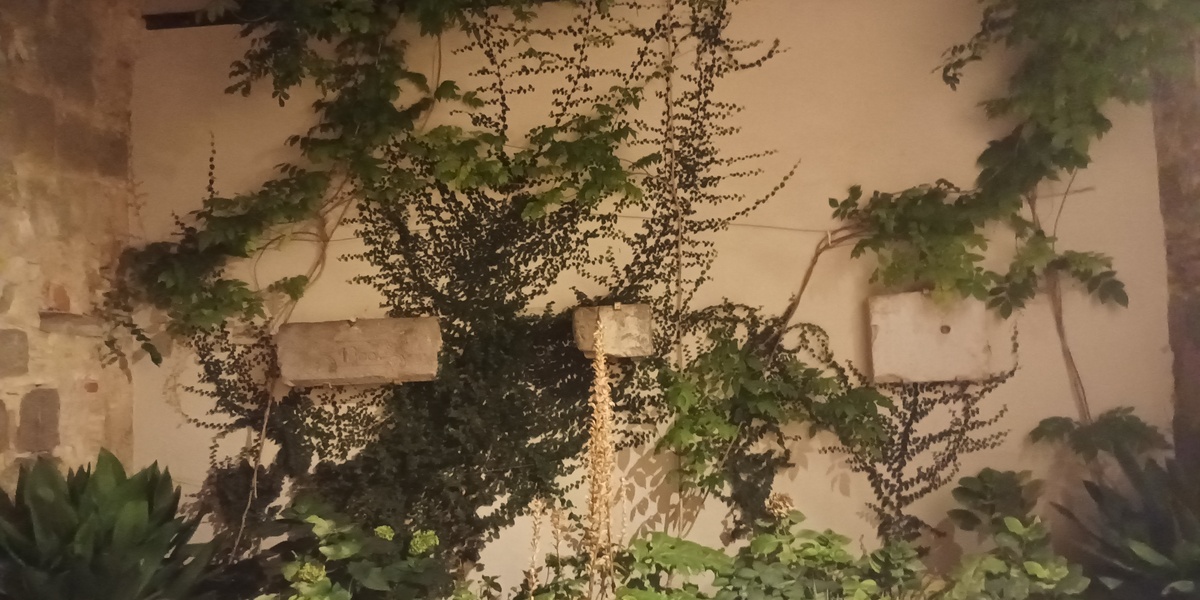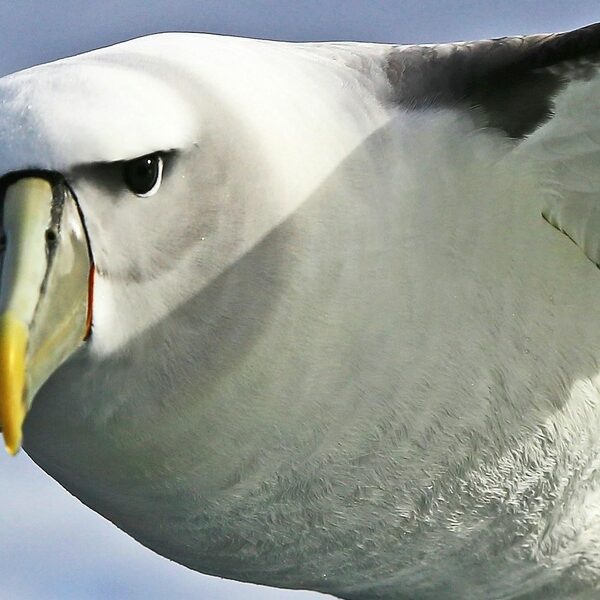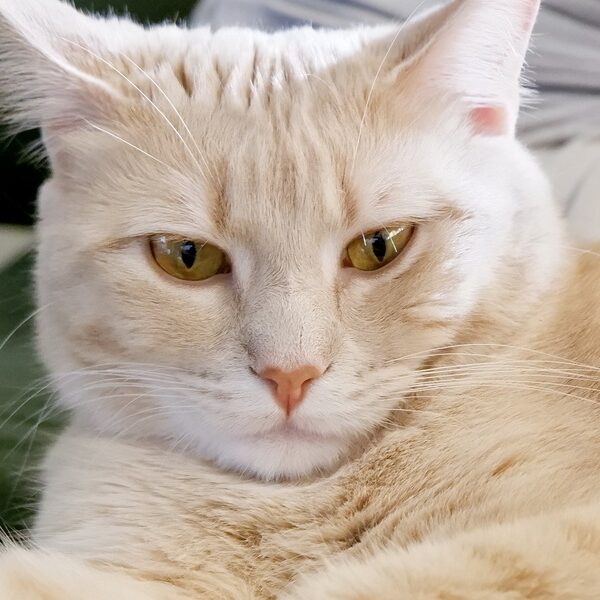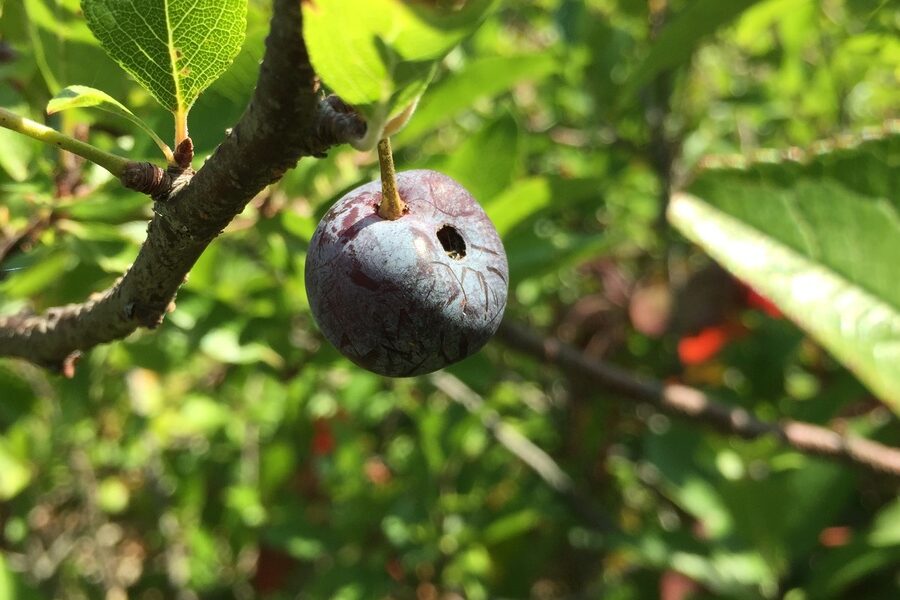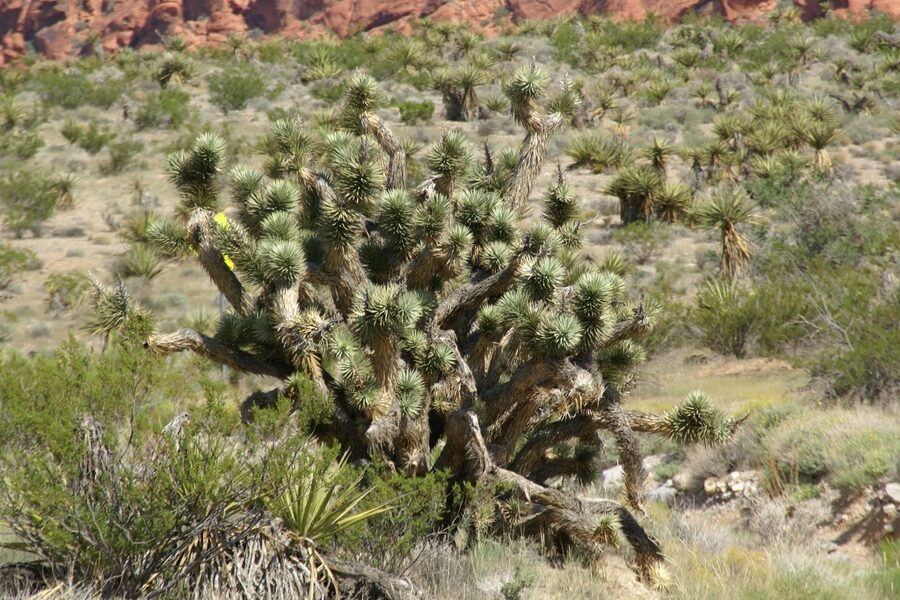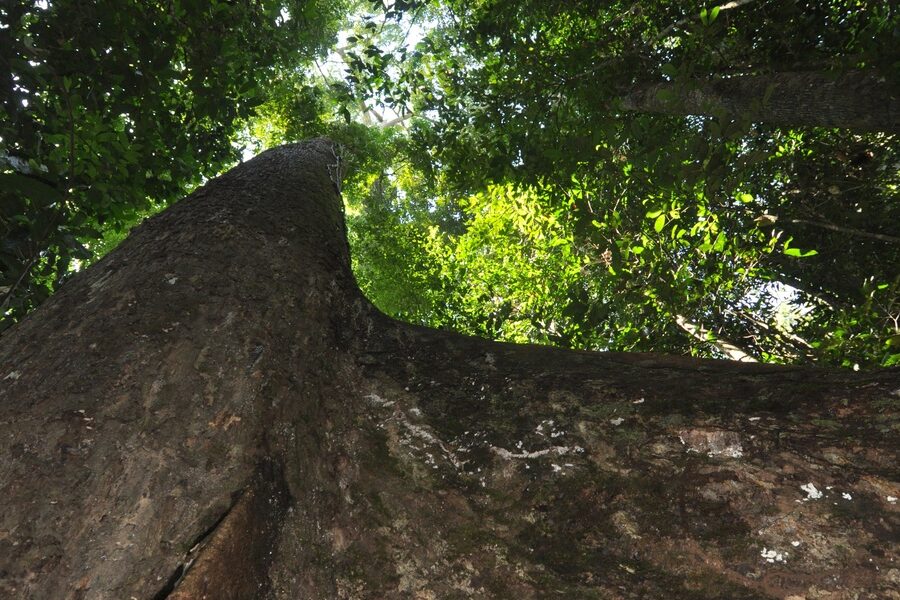When European naturalists first visited Palau in the 18th and 19th centuries they described shorelines lined with towering palms, dense mangrove thickets, and domestic gardens tended with breadfruit and pandanus—plants that shaped daily life and survival on the islands. Those early reports still ring true: across roughly 340 islands and a population of about 18,000 people, plants supply food, building materials, shade, and the coastal defenses that protect villages. Taken together, the flora of Palau supplies more than resources; it anchors cultural identity and seasonal practice for many communities. At the same time, invasive pests, coastal development, and changing storm patterns put parts of that botanical heritage at risk, so conservation action matters now. Below are seven representative plants you’ll see on Palau’s shores and gardens—coastal species that stabilize beaches, staple trees that fill plates and ceremonial roles, and a few vulnerable natives that need active stewardship.
Coastal and Beach Plants
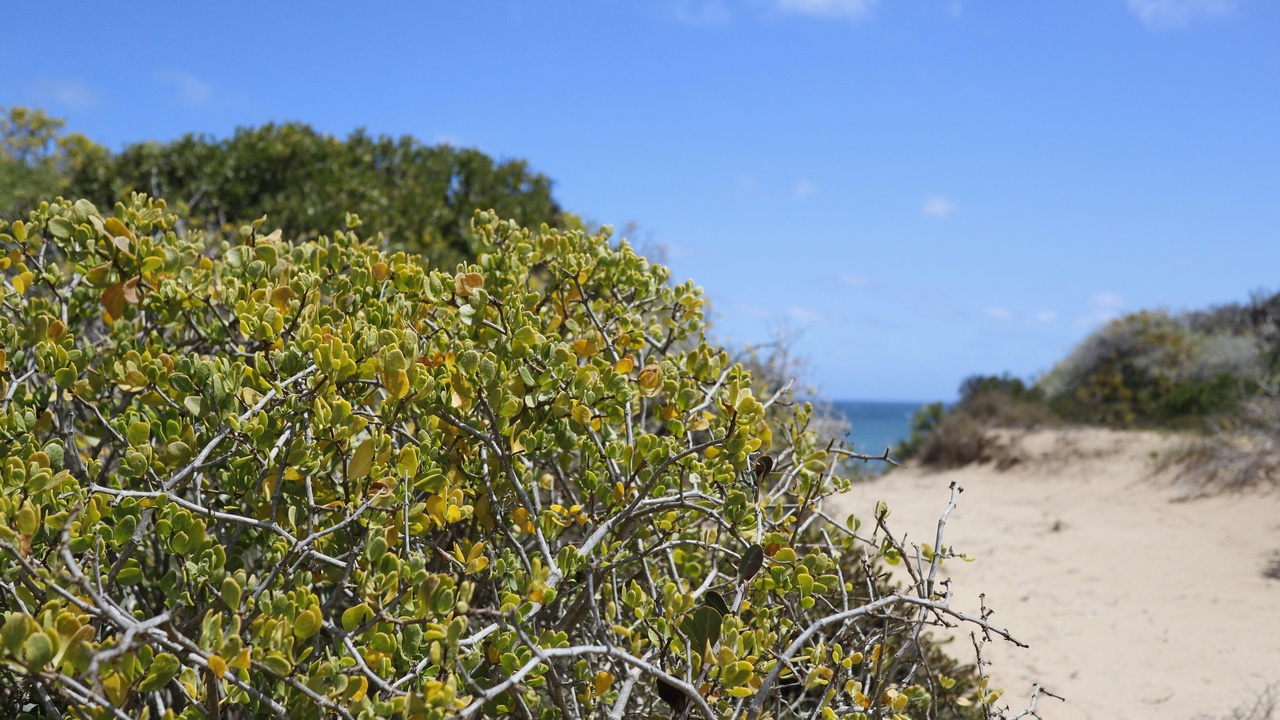
Plants that hug the shoreline do much more than look picturesque. Their roots and trunks reduce wave energy, trap sand, and slow erosion, providing a living barrier when storms arrive. For generations Palauan households have planted palms, hibiscus, and other beach species immediately seaward of village compounds to create shade, windbreaks, and raw materials for roofs, ropes, and simple tools. These species are widespread across many of the archipelago’s islands, where they form the first line of defense against high tides and provide everyday goods for small-scale livelihoods. Traditional uses—thatch from palm fronds, woven mats from leaves, and fence-lines of ornamental shrubs—remain visible around villages and along road edges.
1. Coconut palm (Cocos nucifera)
The coconut palm is ubiquitous on Palau’s beaches and in village gardens, a pantropical tree that has accompanied Pacific voyagers for thousands of years. Every part of the tree has a use: the meat and milk feed families, coconut water refreshes travelers, and copra (dried kernel) has long provided income on small scales. Fronds become thatch for traditional Palauan houses and woven mats, trunks serve as timber for simple structures, and husk fiber is used for ropes and household brushes.
Today you’ll find modern twists too—local producers press oil for cosmetics and small artisans sell coconut-handicraft souvenirs to visitors. In short, the coconut is both household pantry and workshop, planted deliberately near villages for easy access and shade.
2. Beach hibiscus (Hibiscus tiliaceus)
Beach hibiscus grows as a shrub or small tree along many Palauan shorelines and is prized for fast growth and salt tolerance. It roots readily in sandy ground, making it an effective windbreak and a preferred choice for planting just behind the high-tide line. The tree blooms frequently in warm conditions and draws local pollinators like bees and a variety of insects.
Its fibrous bark has traditional uses: strips are twisted into cordage for tying thatch and small nets, and flexible stems provide quick poles for temporary shelters. You’ll often see beach hibiscus planted around village compounds where it supplies shade and a quick source of fiber.
3. Sea almond (Terminalia catappa)
The sea almond is a familiar, broad-canopied shade tree along many beaches and roads in Palau. With leaves that turn red before falling and a canopy that can reach roughly 10–15 meters, it creates cool spots under which people gather. The tree produces a seasonal fruit with a nutlike seed; fallen seeds are commonly collected and eaten as snacks.
Locally, leaves have been used in folk remedies and as mulch to mark footpaths and boundaries. Sea almond trees are often part of coastal landscaping for villages, chosen as much for the cooling shade as for the modest food value they provide.
Staples, Gardens, and Cultural Plants
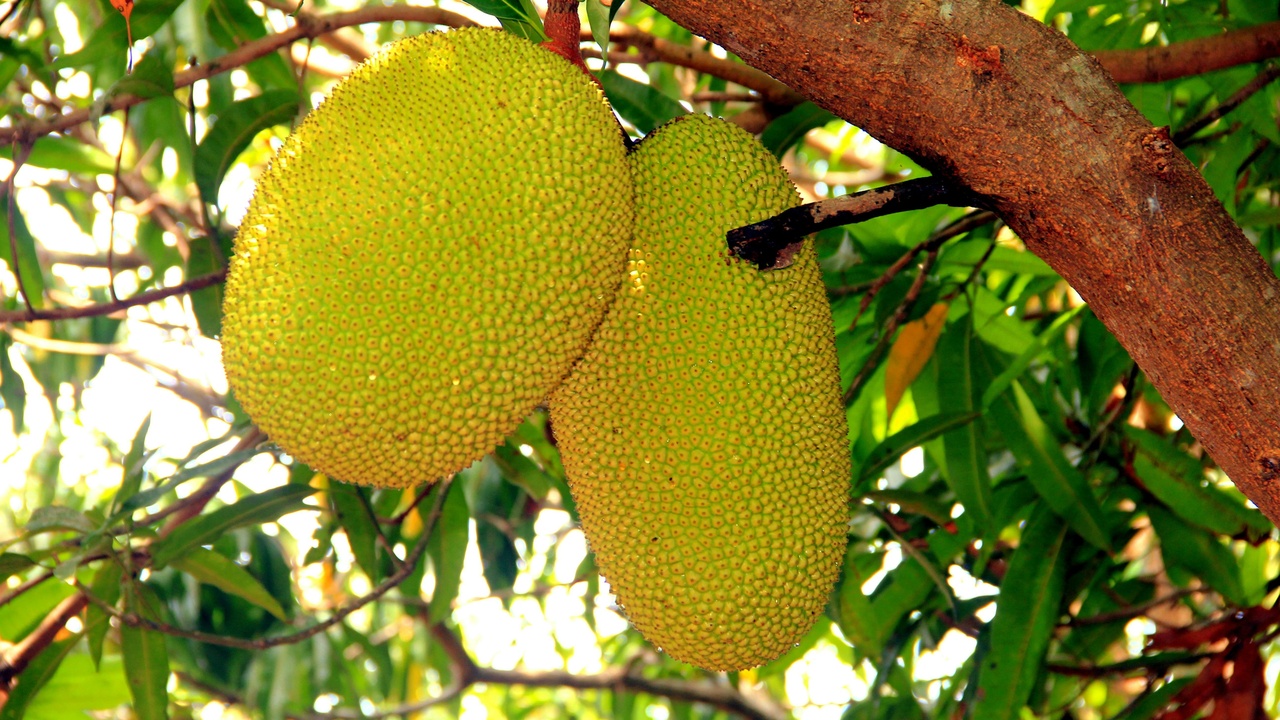
Cultivated gardens in Palau hold species that are central to food security and to ritual life. Many of these plants were moved and managed by Austronesian voyagers, intentionally planted near homes and along village paths, and tended across generations. They supply dependable carbohydrates, flavorings, and weaving materials, and their planting and harvest cycles continue to mark seasonal life. Home gardens are living archives of human movement and adaptation across Micronesia, and they remain essential to both everyday meals and ceremonial occasions.
Two such species—breadfruit and pandanus—illustrate how a single tree can be both a pantry and a craft resource, and how people still shape landscapes to meet long-standing needs.
4. Breadfruit (Artocarpus altilis)
Breadfruit is a cornerstone staple in Palauan gardens and a highly productive tree that has sustained Pacific islanders for millennia. Introduced and spread deliberately by Austronesian voyagers, a mature tree can yield dozens of fruits per season, providing a concentrated source of carbohydrates when harvested.
Local kitchens roast or boil breadfruit as a starch replacement, mash it into dishes, or ferment and preserve it. Traditional preparation—cooking on hot stones or in earth ovens—remains common alongside new uses like small-scale processing for frozen or canned products marketed within the region. Because trees produce reliably in favorable years, they are a backbone of household food security.
5. Pandanus (Pandanus tectorius)
Pandanus is a multipurpose tree whose long, stiff leaves and distinctive fruits support many aspects of daily life across Micronesia. Leaves are harvested and processed into woven mats, baskets, and roof panels; those woven goods are both functional household items and objects for sale to visitors. The fruit is sometimes eaten or used as a flavoring in local recipes.
Weaving pandanus mats remains an important cultural craft in Palau, used in ceremonies and everyday life. The genus includes hundreds of species across the tropics, but Pandanus tectorius is the familiar island variety that gardeners plant to stabilize soils and maintain a steady supply of craft material.
Mangroves, Cycads, and Endangered Endemics
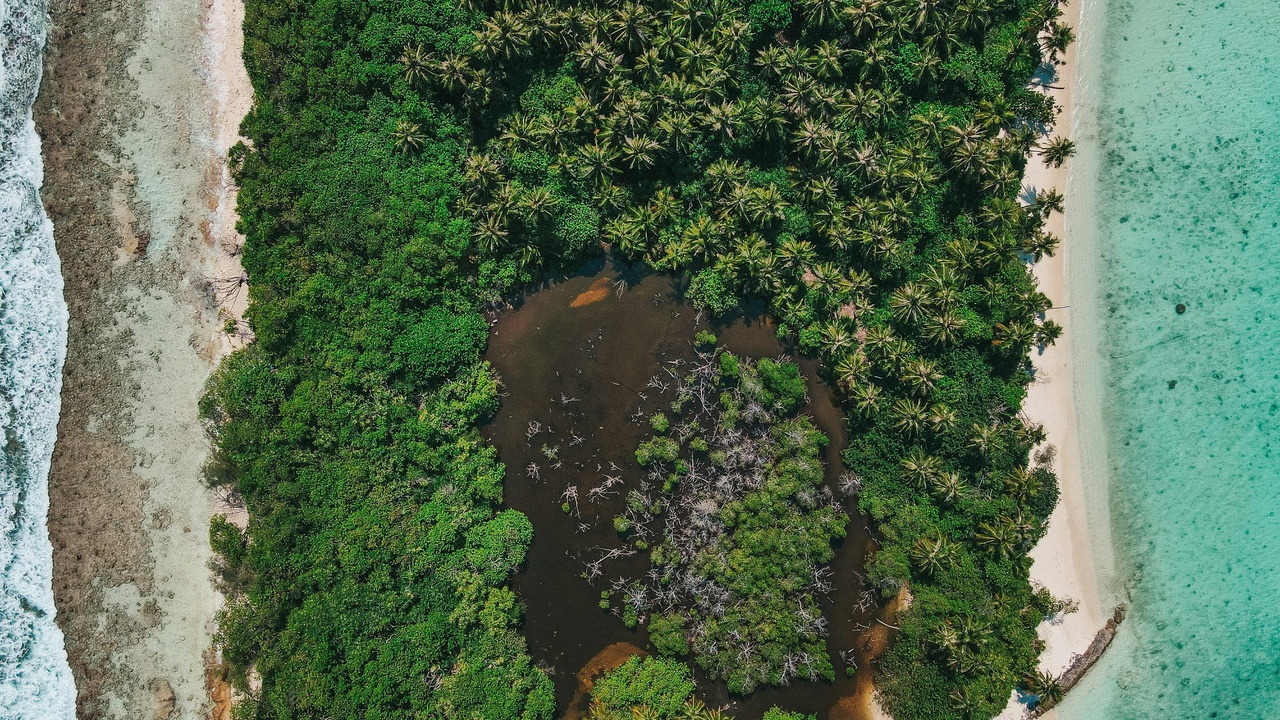
Beyond planted gardens and beach trees, Palau contains pockets of native forest, extensive mangrove stands, and a handful of species with limited ranges that require targeted protection. Mangroves form a patchwork around sheltered bays and lagoons, providing nursery habitat for juvenile fish and filtering sediments that would otherwise smother reefs. At the same time, a few regional species—most notably certain cycads—have suffered steep declines after pests arrived. Local stewardship, community restoration, and seed banking are all part of ongoing efforts to protect these ecosystems and species.
These habitats deliver fisheries, carbon storage, and coastal resilience, but they also respond poorly to rapid land-use change and invasive organisms, which makes active conservation essential.
6. Mangrove species (e.g., Rhizophora spp., Sonneratia alba)
Mangroves occur as a mosaic of species along Palau’s sheltered shorelines and in the creeks that thread islands like Babeldaob and the rock islands. Species such as Rhizophora and Sonneratia form complex root systems that trap sediment and create calm nurseries where juvenile reef and lagoon fish can grow.
Fisheries benefit directly: in many tropical regions a large share of commercially important fish spend part of their life cycle in mangroves, and mangrove buffers can reduce wave energy by up to 75% in certain shoreline configurations. Communities in Palau rely on these nursery functions for subsistence and small-scale commercial catches, which is why local groups lead restoration and protection projects in degraded stands.
7. Cycas micronesica (Micronesian cycad)
Cycas micronesica is a native cycad once widespread across several Micronesian islands and prominent in Palau’s native landscapes. The plant has cultural resonance and scientific interest because cycads are ancient gymnosperms with distinctive biology.
Starting in the early 2000s, invasive scale insects and other stressors caused documented severe population declines, wiping out many mature individuals at sites across the region. That collapse prompted conservation responses: seed banking, nursery propagation, and replanting programs are now underway, often run by local institutions in partnership with international researchers. Threats remain—pests, habitat change, and storm damage—but active monitoring and propagation give the species a chance at recovery.
Summary
- Coastal trees and shrubs stabilize beaches, provide shade and building materials, and underpin everyday village life.
- Staple plants like breadfruit and pandanus were intentionally managed in home gardens for food security, craft material, and cultural use.
- Mangroves support fisheries and reduce wave energy (in some settings by as much as 75%), while small-range endemics such as Cycas micronesica need targeted conservation.
- Community nurseries, restoration projects, and careful tourism practices are practical ways to support local stewardship and resilience.
- Support the flora of Palau by learning about local programs, avoiding damage to coastal vegetation when visiting, and backing community-led restoration and nursery efforts.
